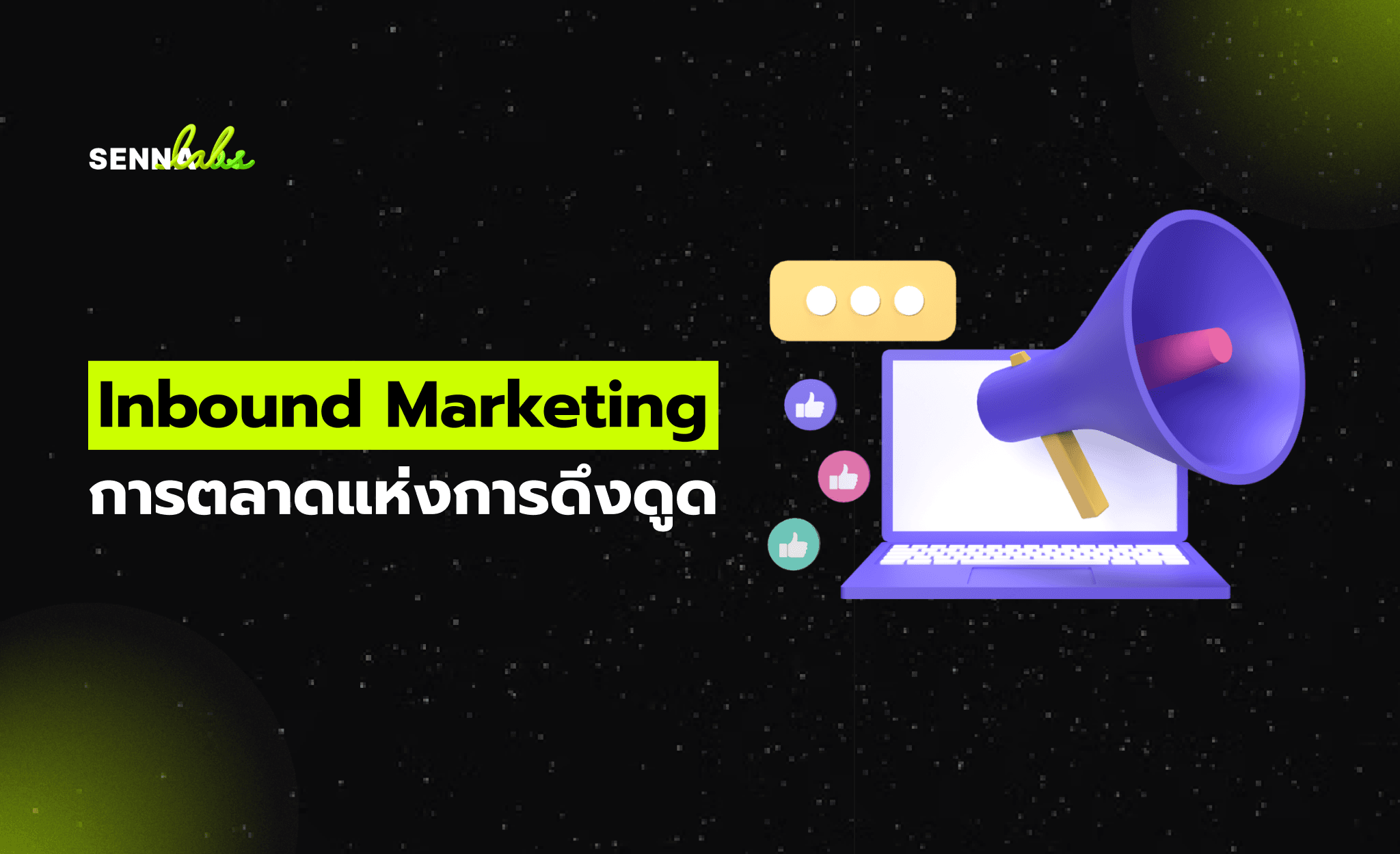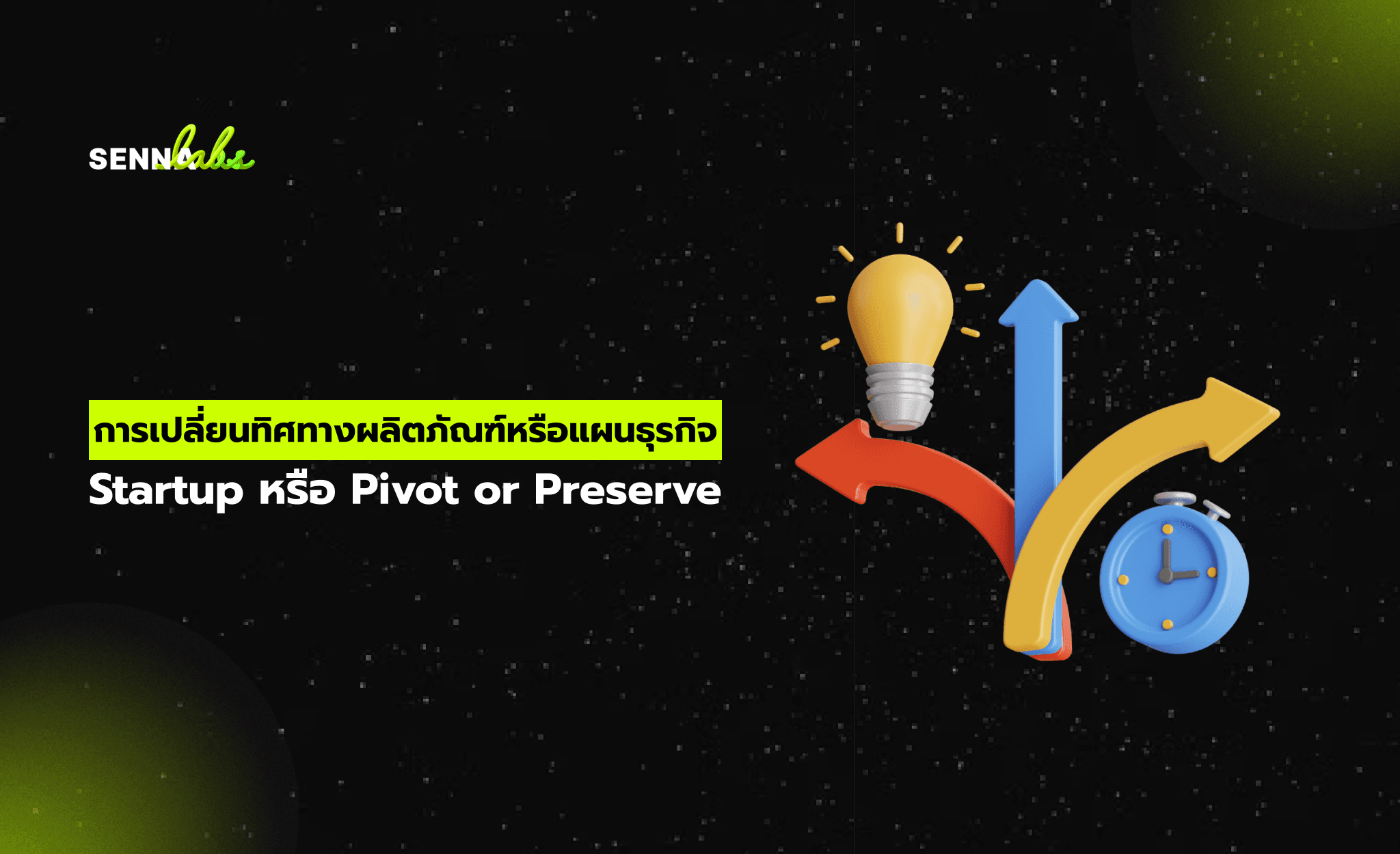Using AI with Python: A Beginner-Friendly Guide

Artificial Intelligence (AI) has become an integral part of modern technology, helping businesses and individuals automate tasks, analyze data, and improve decision-making. Python is widely regarded as the best programming language for AI development due to its simplicity, readability, and extensive library support.
For beginners interested in AI, Python provides an accessible entry point with tools that facilitate machine learning, deep learning, natural language processing, and computer vision. This guide will introduce you to the basics of AI with Python, including essential concepts, popular libraries, and how to start your AI journey.
Why Use Python for AI?
Python has gained popularity in AI development due to several key reasons:
- Ease of Learning and Readability – Python has a simple syntax, making it easy for beginners to learn and implement AI solutions.
- Extensive Libraries and Frameworks – The Python ecosystem includes powerful libraries for machine learning, data processing, and AI development.
- Large Community and Support – A vast community of developers contributes to the continuous improvement of AI libraries and provides extensive documentation.
- Cross-Platform Compatibility – Python works on various platforms, including Windows, macOS, Linux, and cloud-based environments.
- Integration with Other Technologies – Python can integrate with databases, web frameworks, and cloud computing services, making it ideal for scalable AI applications.
Key AI Concepts for Beginners
Before diving into AI development, understanding fundamental concepts is essential.
1. Machine Learning (ML)
Machine learning is a subset of AI that enables computers to learn from data and make predictions or decisions without explicit programming. It involves training models on datasets to recognize patterns and improve over time.
2. Deep Learning (DL)
Deep learning is an advanced form of machine learning that uses artificial neural networks to process and analyze complex data. It is widely used in applications such as image recognition, language translation, and self-driving cars.
3. Natural Language Processing (NLP)
NLP allows machines to understand, interpret, and generate human language. It is used in applications like chatbots, voice assistants, sentiment analysis, and machine translation.
4. Computer Vision
Computer vision enables AI systems to interpret and analyze visual information from images and videos. It is commonly used in facial recognition, object detection, medical imaging, and autonomous vehicles.
5. Reinforcement Learning
Reinforcement learning is a type of AI training where a system learns by interacting with an environment and receiving rewards for desirable actions. It is often used in robotics, game development, and autonomous systems.
Essential Python Libraries for AI Development
Python provides a variety of libraries to facilitate AI development. Here are some essential ones:
1. Data Handling and Analysis
- NumPy – Provides support for handling large numerical data.
- Pandas – Used for data manipulation, cleaning, and analysis.
2. Machine Learning
- Scikit-Learn – Offers tools for classification, regression, clustering, and model evaluation.
- XGBoost – A popular library for optimizing machine learning performance.
3. Deep Learning
- TensorFlow – A powerful framework for building deep learning models.
- PyTorch – Preferred for research and experimentation in neural networks.
4. Natural Language Processing
- NLTK – A toolkit for text analysis and language processing.
- spaCy – Designed for high-performance NLP tasks like entity recognition and language parsing.
5. Computer Vision
- OpenCV – A leading library for processing images and videos.
- Pillow – Used for basic image processing, such as resizing and filtering.
Setting Up Your AI Development Environment
To start working with AI in Python, follow these steps:
1. Install Python
Download and install Python from the official website. Ensure you have the latest version to access modern AI libraries.
2. Install AI Libraries
Use the package manager (pip) to install essential AI libraries for machine learning, deep learning, and data handling.
3. Use Jupyter Notebook
Jupyter Notebook is an interactive coding environment that allows developers to write and execute Python code in small, manageable sections. It is widely used for AI development and data science projects.
Beginner-Friendly AI Applications
AI can be applied in numerous real-world scenarios. Here are some beginner-friendly AI applications that demonstrate Python’s capabilities.
1. Predictive Analytics with Machine Learning
AI can analyze historical data to predict future trends. For example, a retail business can use machine learning to forecast sales based on past transactions, helping with inventory management and marketing strategies.
2. Sentiment Analysis in Natural Language Processing
Businesses can use AI to analyze customer reviews, emails, or social media comments to determine whether sentiments are positive, negative, or neutral. This helps companies improve customer service and brand reputation.
3. Facial Recognition with Computer Vision
Facial recognition technology is widely used for security and authentication purposes. AI-powered facial detection can be implemented in various applications, from unlocking smartphones to enhancing surveillance systems.
4. Chatbots and Virtual Assistants
AI-powered chatbots can respond to customer inquiries, provide recommendations, and assist with online transactions. Many businesses integrate chatbots into their websites and messaging platforms to improve customer engagement.
5. AI in Healthcare
AI is revolutionizing healthcare by enabling early disease detection, medical image analysis, and personalized treatment recommendations. Machine learning models can assist doctors in diagnosing conditions based on patient data.
Challenges of AI Development for Beginners
Despite the numerous benefits, AI development comes with challenges that beginners should be aware of:
1. Data Availability and Quality
AI models require high-quality, structured data for accurate predictions. Poor or biased data can lead to incorrect results.
2. Computational Power
Training complex AI models requires significant processing power. Beginners may need cloud-based AI services if their hardware is not powerful enough.
3. Model Overfitting and Underfitting
Overfitting occurs when an AI model performs well on training data but poorly on new data. Underfitting happens when the model fails to learn patterns effectively. Fine-tuning models and using proper validation techniques can help address these issues.
4. Ethical Considerations
AI must be developed responsibly to prevent biases and ensure fairness. Ethical AI practices involve transparency, accountability, and inclusivity.
How to Continue Learning AI with Python
For those interested in expanding their AI knowledge, here are some recommended next steps:
- Explore Online Courses – There are various online platforms offering AI courses, including machine learning, deep learning, and NLP.
- Read AI Research Papers – Stay updated with the latest advancements in AI by following research publications.
- Participate in AI Competitions – Websites like Kaggle offer machine learning challenges where beginners can practice AI development.
- Join AI Communities – Engaging with AI communities allows beginners to learn from experts, collaborate on projects, and stay motivated.
- Work on Real-World Projects – Applying AI to solve real-world problems is the best way to gain practical experience.
Conclusion
AI development with Python provides an accessible way for beginners to explore artificial intelligence and build intelligent applications. With a wide range of libraries and frameworks, Python simplifies tasks like data analysis, machine learning, NLP, and computer vision.
By starting with basic AI concepts and gradually working on small projects, beginners can develop AI skills and gain confidence in applying them to real-world scenarios. The key to mastering AI is continuous learning, experimentation, and staying updated with emerging trends.
With the growing demand for AI solutions, Python remains a top choice for developers, researchers, and businesses looking to harness the power of artificial intelligence.


Subscribe to follow product news, latest in technology, solutions, and updates
Other articles for you



Let’s build digital products that are simply awesome !
We will get back to you within 24 hours!Go to contact us Please tell us your ideas.
Please tell us your ideas.








